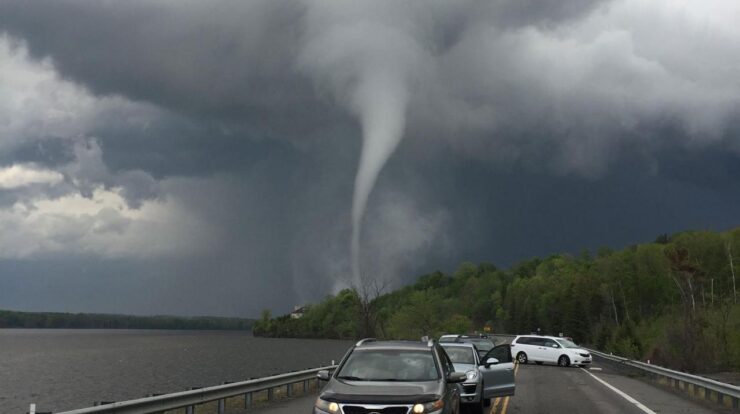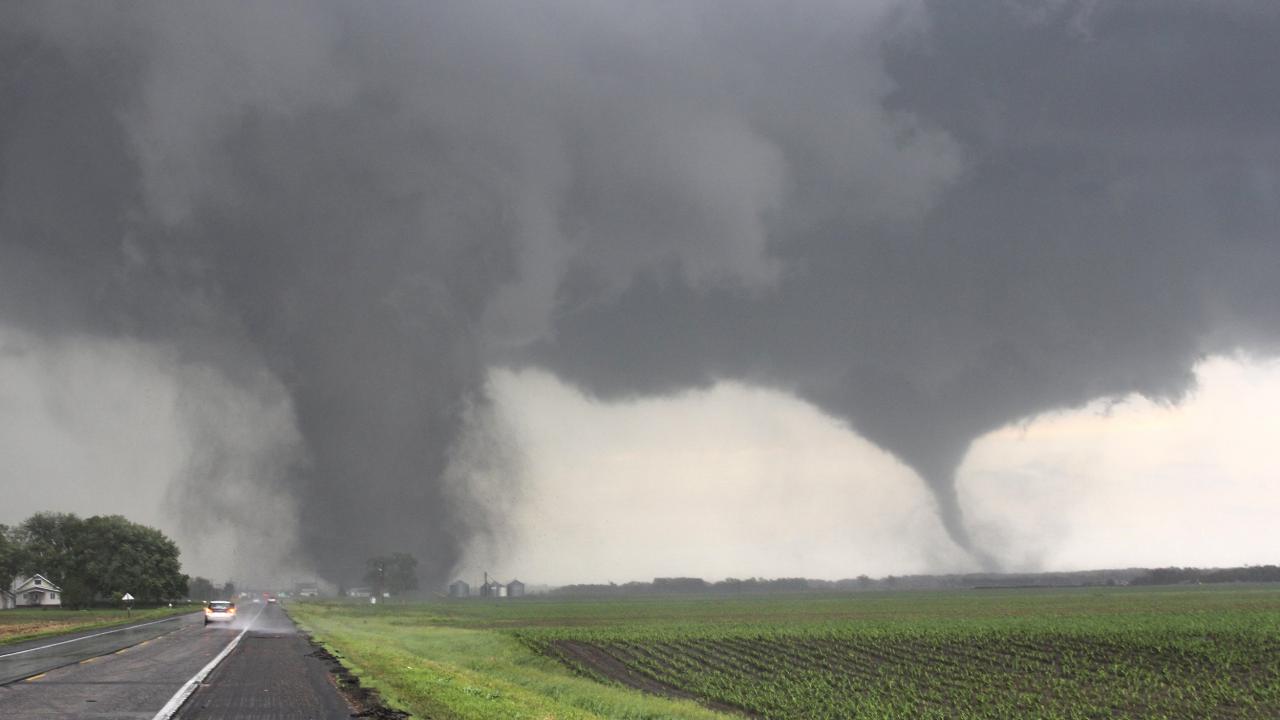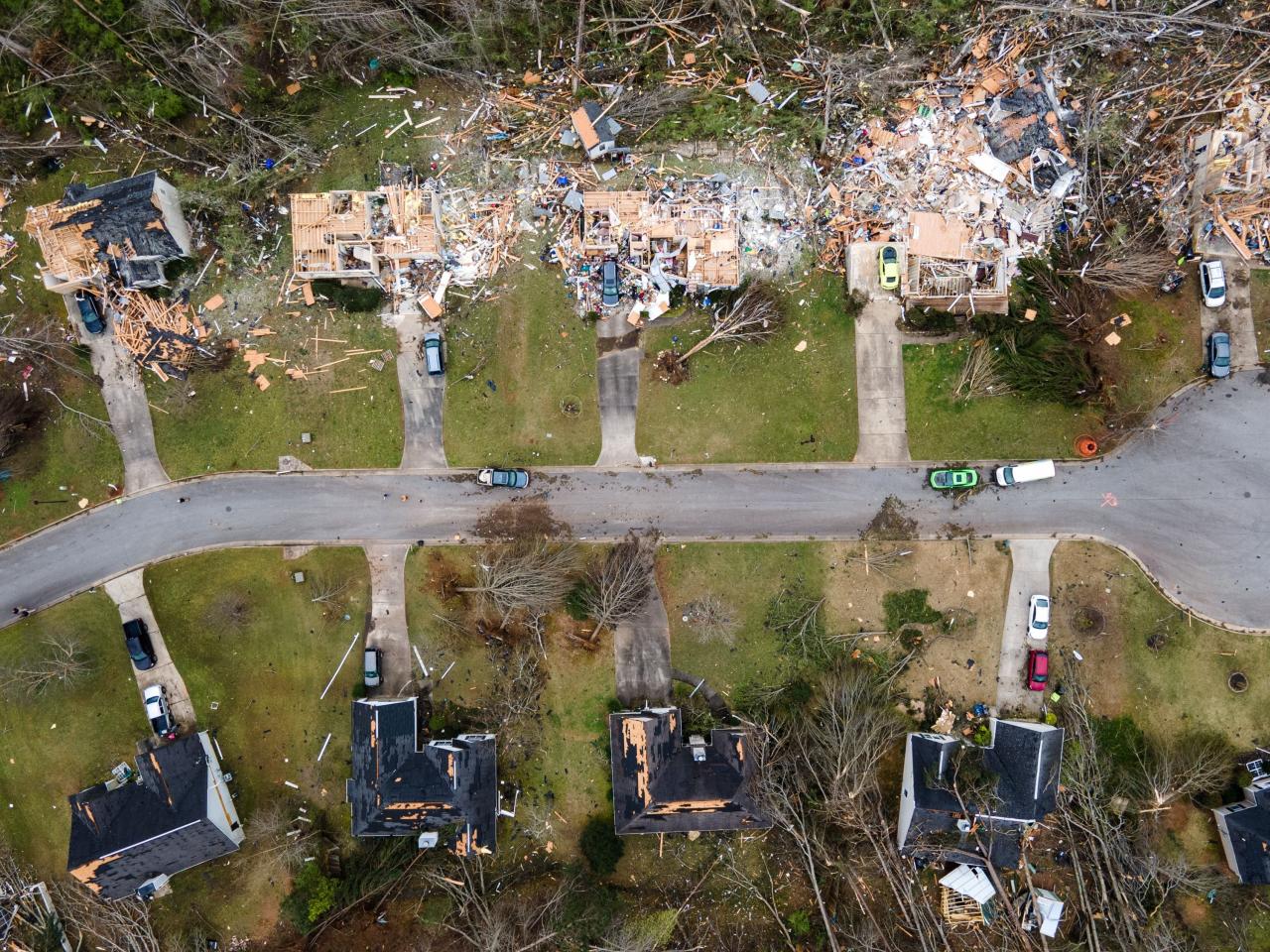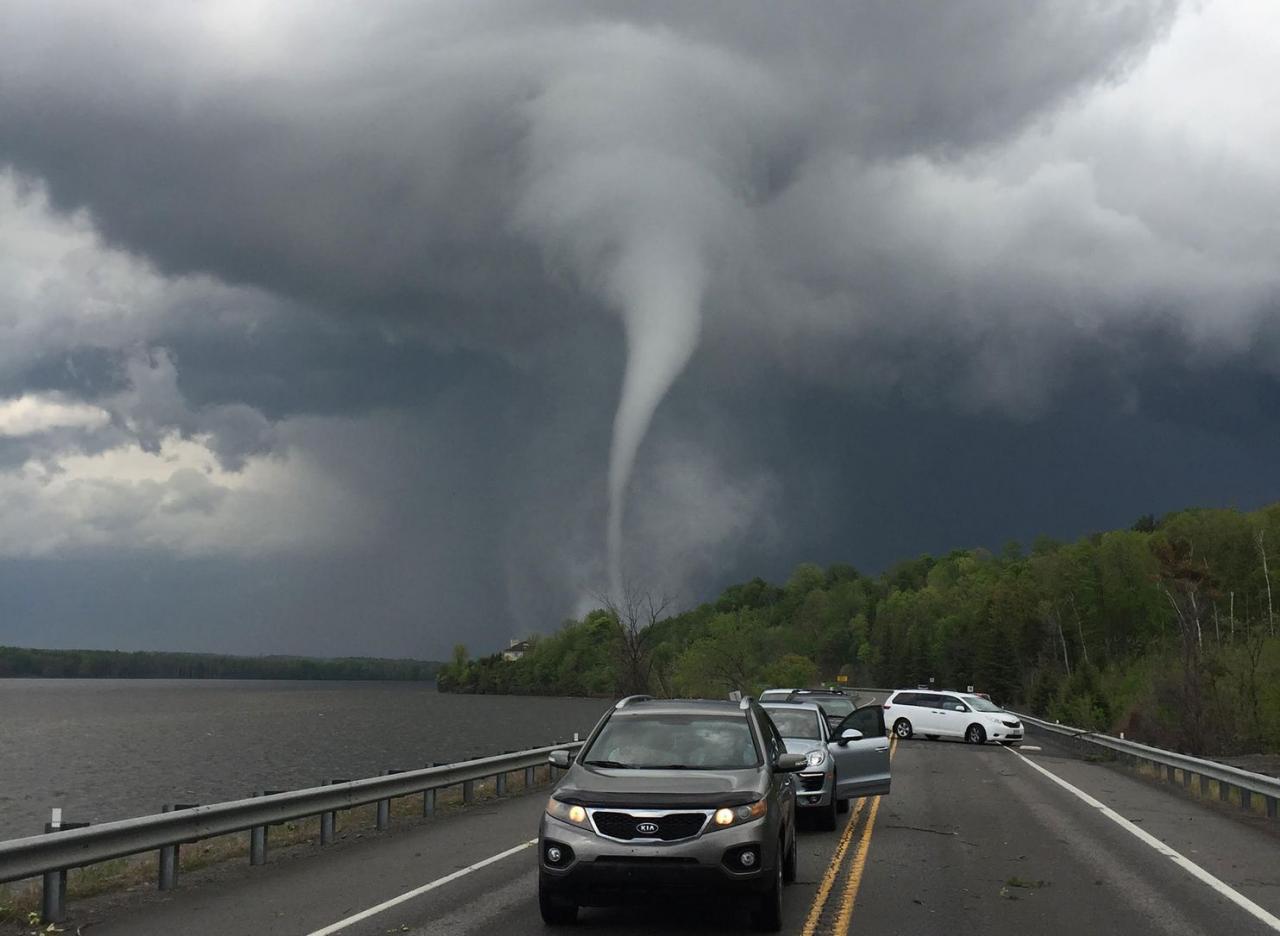
Tornadoes Today: A comprehensive guide to understanding the meteorological conditions that lead to tornado formation, the different types of tornadoes and their characteristics, the safety measures to take during a tornado warning, and the ongoing research on tornado formation and behavior.
Tornadoes are violent, rotating columns of air that extend from the base of a thunderstorm cloud to the ground. They can cause widespread damage and loss of life. Understanding tornadoes and how to stay safe during a tornado event is essential for anyone living in tornado-prone areas.
Tornado Outbreak Overview

The United States is currently experiencing a severe tornado outbreak, with numerous tornadoes reported across several states. The National Weather Service (NWS) has issued multiple tornado warnings and watches, urging residents to seek shelter immediately.
As of this writing, over 50 tornadoes have been confirmed, with several causing significant damage and injuries. The most affected areas include Oklahoma, Texas, Arkansas, and Louisiana. Homes and businesses have been destroyed, power lines have been downed, and infrastructure has been severely damaged.
Tornado Formation and Characteristics
Tornadoes form when warm, moist air from the Gulf of Mexico meets cold, dry air from the north. This creates a zone of instability in the atmosphere, which can lead to the formation of thunderstorms.
Within these thunderstorms, updrafts and downdrafts create a spinning motion that can intensify into a tornado. Tornadoes can range in size from small, weak tornadoes to large, violent tornadoes that can cause widespread destruction.
Tornado Safety and Preparedness
If you are in an area where a tornado warning has been issued, it is crucial to take immediate action.
- Seek shelter in a sturdy building, preferably underground or in an interior room on the lowest floor.
- Stay away from windows and doors.
- If you are outside, lie down in a ditch or low-lying area and cover your head with your hands.
Tornado Forecasting and Tracking, Tornadoes today
The NWS uses a variety of tools to forecast and track tornadoes, including radar, satellite imagery, and computer models.
Radar can detect the rotation of air within thunderstorms, which can indicate the presence of a tornado. Satellite imagery can help identify areas of instability in the atmosphere that are conducive to tornado formation.
Tornado Research and Mitigation
Scientists are continuously studying tornadoes to better understand their formation and behavior. This research helps improve forecasting and warning systems, which can save lives.
Mitigation efforts focus on reducing the impact of tornadoes by strengthening buildings, developing early warning systems, and educating the public about tornado safety.
Wrap-Up: Tornadoes Today

Tornadoes are a powerful and destructive force of nature. However, by understanding the science behind tornadoes and taking the necessary precautions, we can reduce the risk of injury or death during a tornado event.
Questions and Answers
What causes tornadoes?
Tornadoes are caused by the interaction of warm, moist air from the Gulf of Mexico and cold, dry air from the north. When these two air masses collide, they create a rotating column of air that can reach speeds of up to 300 miles per hour.
What are the different types of tornadoes?
There are many different types of tornadoes, but the most common type is the supercell tornado. Supercell tornadoes are typically large and long-lived, and they can produce hail and strong winds.
What are the safety measures to take during a tornado warning?
If you are in a tornado warning, you should take shelter immediately. The best place to shelter is in a basement or underground shelter. If you do not have access to a basement or underground shelter, you should go to the lowest level of your home and find a windowless room.






